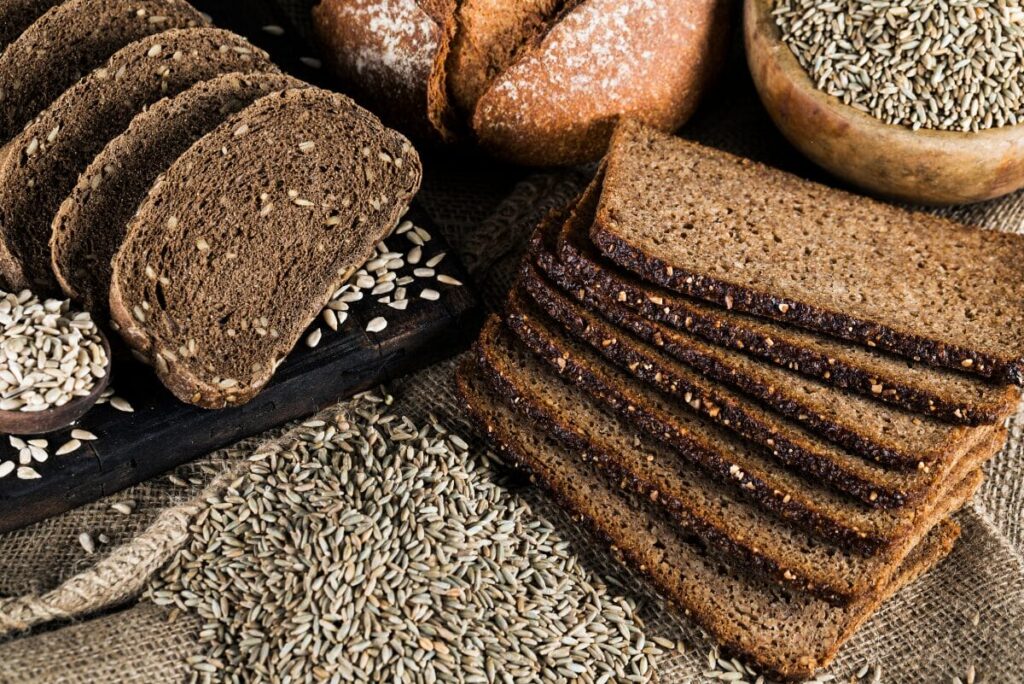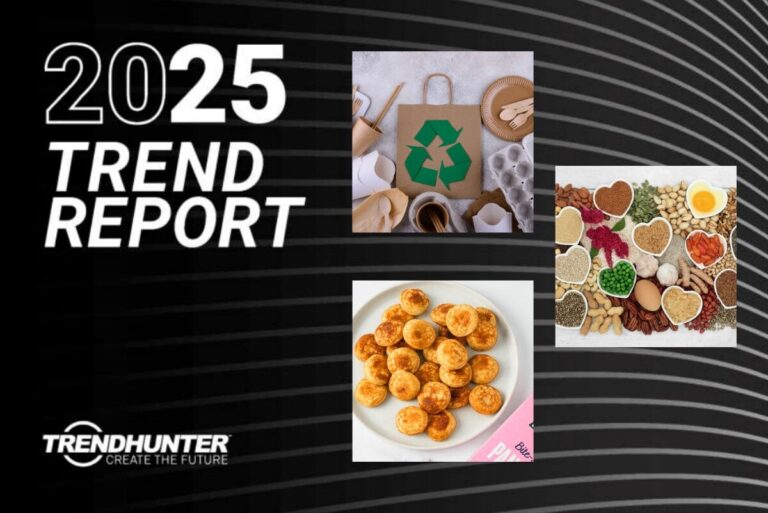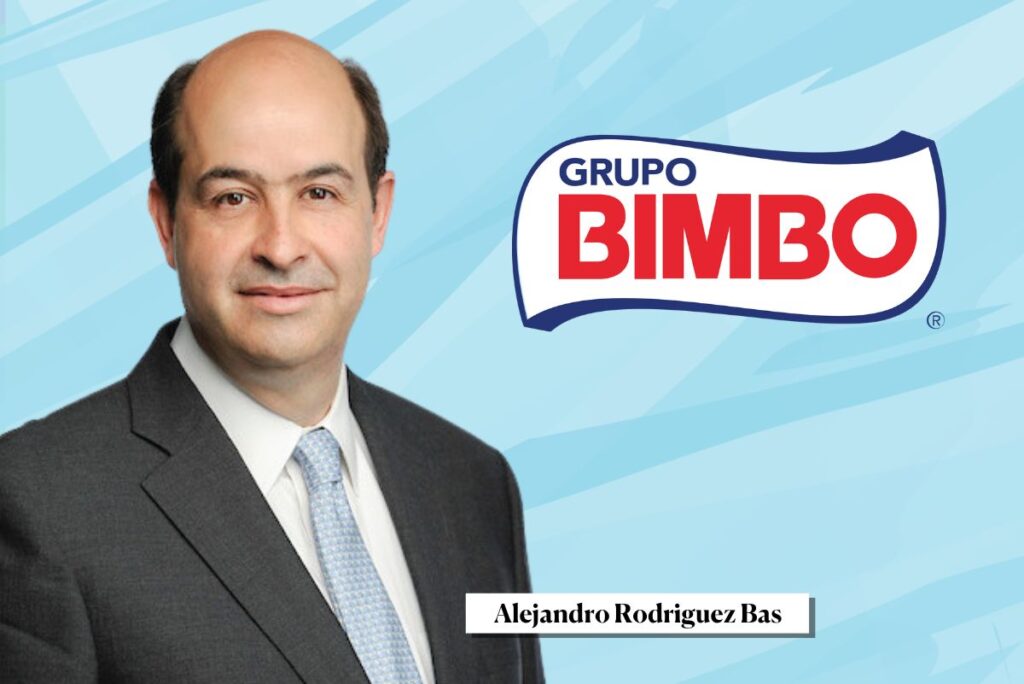ARNHEM, NL — Innova, a global market insights provider, released its top trends for 2025, which include launch categories, product attributes, ingredient choices and on-package claims.
Through extensive research, Innova identified the following 10 trends of the upcoming year:
Trend #1 – Ingredients and Beyond
Consumers are prioritizing high-quality ingredients with health benefits, higher nutrition, freshness, shelf life and naturalness. Protein exemplifies this trend, with consumers shifting their lens from protein content to protein quality, with elevated standards that incorporate additional benefits.
Trend #2 – Precision Wellness
As health and wellness remains top of mind for consumers, there is a growing demand for personalization and tailored nutrition plans. Brands are being challenged to meet targeted needs at all life stages, combining personalization with balanced nutrition and convenience in functional food. A few key areas of precision wellness include women’s health, age-specific solutions and lifestyle-based nutrition.
Trend #3 – Flavors: Wildly Inventive
Innova’s trend research revealed 43% of global consumers seek unique creations that deliver indulgence. Bold flavors and mashups have seen a significant surge due in part to social media generating consumer curiosity. Over the past five years, seasonal products and those with limited-edition claims have garnered 16% annual growth on average.
Trend #4 – Gut Health: Flourish from Within
Growing consumer awareness of microbiomes and a refocus on gut health, particularly in older generations, is driving food and beverage purchases. Product launches boasting digestive health claims have increased by 8% in the past year. The gut-healthy ingredients consumers are looking for include fiber, vitamin D and probiotics.
Trend #5 – Plant-Based: Rethinking Plants
Continuing to trend upward, plant-based products and natural ingredients are increasingly important to consumers, who are not completely satisfied with today’s plant-based offerings. Consumers are searching for more natural, less processed options with improved taste, texture, health benefits and environmental impact.










